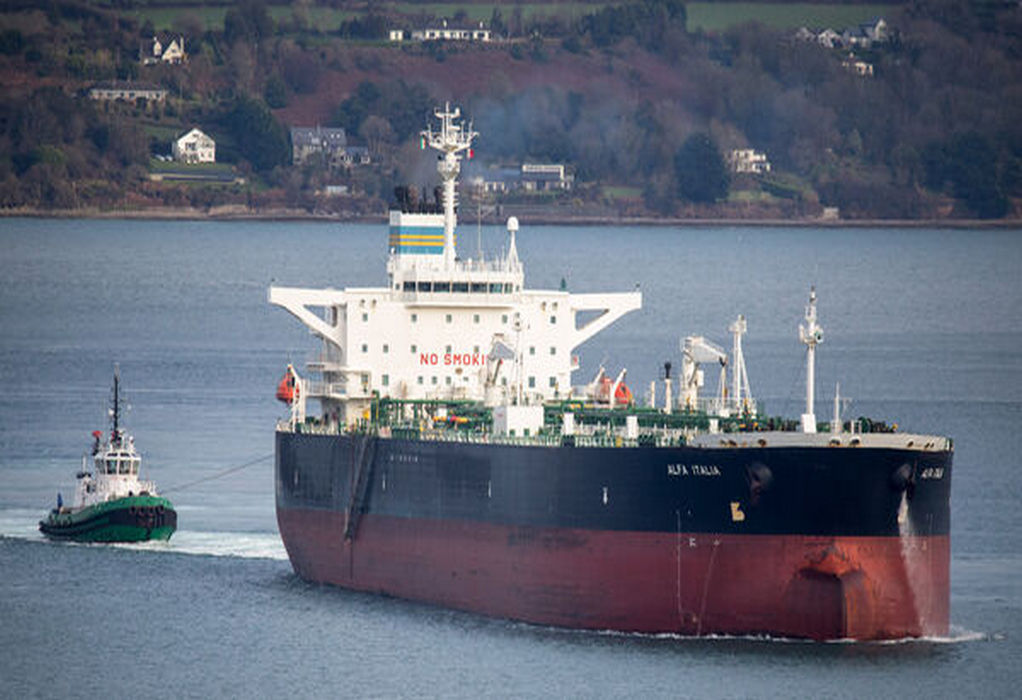Nippon Paint has launched a long-term R&D project aimed at developing a new antifouling paint that would eliminate the release of microplastics from ocean-going ships while increasing fuel efficiency by more than 8%.
Nippon Paint hopes to start testing the new paint on ships in 2028 and introduce it to the market in 2030.
Antifouling paint prevents barnacles and other marine life from growing on the bottom of ships below the water line, reducing their speed and damaging the hull. Products currently in use gradually dissolve into the water, releasing resins categorized as micro-plastics.
It is the world’s first biocide free self-polishing antifouling paint with a marine-environment-friendly formulation, free of heavy biocidal pigments, active ingredients and silicone. In addition, this product can reduce the total resistance on the hull by up to 10%, thereby contributing to ship’s fuel efficiency improvement and CO2 emissions reduction. This innovative technology has been rated highly worldwide for its ability to realize both efficient and environmentally responsible vessel operations.
It also eliminates concerns generated by the Biocidal Product Directive of the European Union. The directive – as noted by Jim Brown, marketing development manager at International Paint, in an interview with Coatings World – requires the evaluation and approval of biocides used in antifouling paints before they can be legally sold.
The development of Aquaterras was part of a next-generation marine environment technology project led by Japan’s Ministry of Land, Infrastructure, Transport and Tourism. Running from 2013 to 2016, the project also included Imabari Shipbuilding, Japan’s largest shipbuilder.
In addition, the project received support from ClassNK (Nippon Kaiji Kyokai), a Japanese ship classification society that defines itself as a non-profitable non-governmental organization dedicated to ensure the safety of life and property at sea, and the prevention of pollution of the marine environment.
Tags: Antifouling paint, Hull, Microplastics, Nippon Paint, Ship Coating



Recent Posts
Port of Tauranga to Trial New Zealand’s First Fully Electric Straddle Carrier
CMA CGM Scales Up Low-Carbon Fleet and Fuel Infrastructure to Meet Net Zero Targets
OceanScore Crosses 2,300-Vessel Mark as Demand for Compliance Solutions Grows
HD Hyundai and H-Line Shipping Collaborate on AI-Powered Autonomous and Eco-Friendly Vessel Technologies
MOL Holds Naming Ceremony for LNG-Fueled VLCC Energia Viking at DACKS Shipyard
Egypt Advances Maritime Decarbonisation with National Action Plan Backed by IMO
Fuelre4m unveils VIRDIS: A predictive AI breakthrough in global fuel distribution, powered by Five9nes
EXMAR Launches First Ammonia-Fueled Gas Carrier at HD Hyundai Mipo